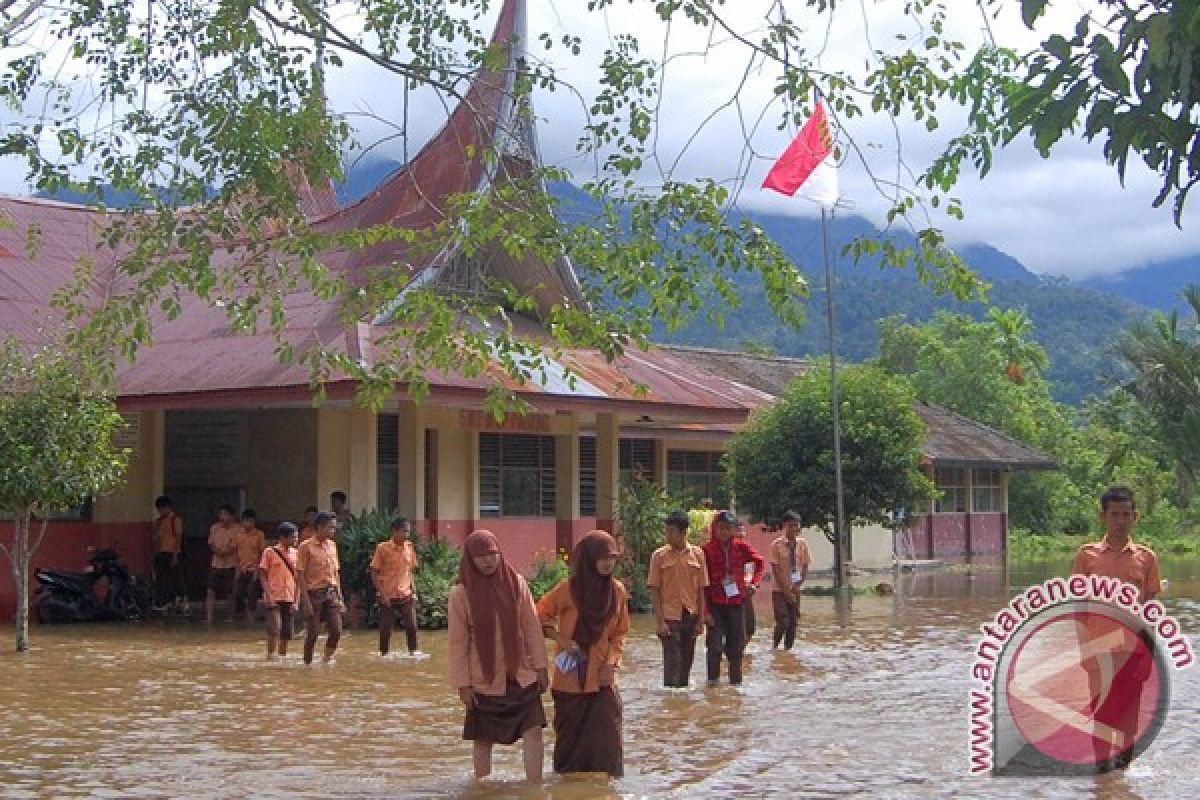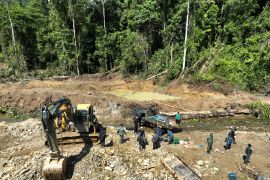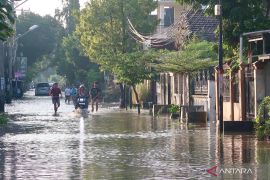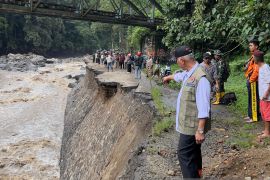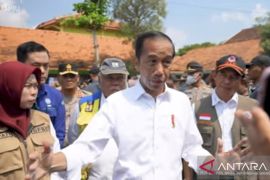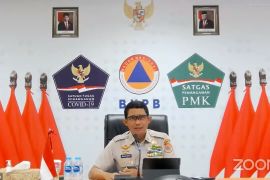We frequently learn Jakarta when talking about flooding while almost all regions in Indonesia also suffer such a condition."Delft, The Netherlands (ANTARA News) - Indonesia has suffered sixty times of floodings as shown by data collected over a last decade and is thus recorded as one of the most commonly affected areas in South East Asia, an academician has said.
"Floods are concentrated in lowland and delta areas which are located less than 100 meters below the sea level," a lecturer in Civil Engineering, University of Andalas, Padang (West Sumatra) Nurhamidah, said in a colloquium entitled "Floods: Not Only Jakarta! Also Sumatra Suffered by Floods and Significant Land Subsidence " organized by the Indonesian Students Association (PPI) Delft in Delft, the Netherlands, Saturday.
Lowland areas are strongly affected by sea level rise and tide, increasing river discharge and coastal erosion, she said, adding that deforestation and land subsidence also contribute to floodings in delta areas.
"We frequently learn Jakarta when talking about flooding while almost all regions in Indonesia also suffer such a condition," Nurhamidah who is currently pursuing a doctoral degree at the University of Technology Delft, The Netherlands, said.
She added besides the high rainfall which reaches 3000 mm/year, another natural factor that can also cause flooding in Indonesia is soil composition of peat, which is largely found in the coastal areas.
"Peat is very soft soil because it is composed of organic materials, making it easy to subside due to loading. Once the peat subsides, it will keep subsiding, " Nurhamidah said.
Indonesia`s peat land and forest areas mainly spread to the southeastern Sumatra, Kalimantan and Papua especially on the southern coasts.
Nurhamidah said flood mitigation should be based on an integrated description of the inter-correlation on causing factors both naturally as rainfall, soil structure and tides, and human behavior as deforestation, land use change and waste.
If an integrated approach to flood management is applied to an area, then it can resolve the problem, she said.
According to Nurhamidah, flood management can be conducted structurally and non-structurally. Structural flooding management can be conducted through normalization of land function, dredging and building an integrated irrigation system, while non-structural management can involve people and promote law enforcement by among others imposing fines on those for littering.
(T.KR-LWA/B005)
Reporter: Libertina Widyamurti Ambari
Editor: Priyambodo RH
Copyright © ANTARA 2013
